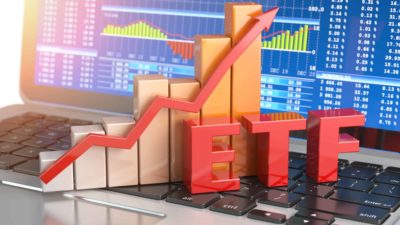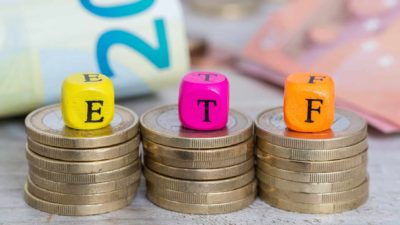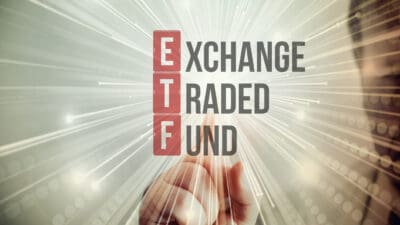Investors that are looking to make long term buy and hold investments might want to consider the exchange traded funds (ETFs) listed below.
These two ETFs are among the most popular on the share market and for good reason. Here's what you need to know about them:
BetaShares NASDAQ 100 ETF (ASX: NDQ)
The first ETF to look at is the BetaShares NASDAQ 100 ETF. It aims to track the performance of the NASDAQ 100 Index before fees and expenses. This index comprises 100 of the largest non-financial companies listed on Wall Street's NASDAQ stock exchange.
This means that you'll be buying many of the tech companies that are at the forefront of the new economy. BetaShares highlights that this area of the market is underrepresented on the Australian share market. As a result, it feels the ETF could benefit investors that already have large exposure to banks and mining shares and little exposure to technology.
Among the companies you'll be buying a slice of are global giants Alphabet (Google), Amazon, Apple, Meta (Facebook), Microsoft, Netflix, Nvidia, and Tesla.
The BetaShares NASDAQ 100 ETF has provided investors with a return of 27.7% over the last five years. This would have turned a $10,000 investment into ~$34,000.
Vanguard MSCI Index International Shares ETF (ASX: VGS)
Another ETF to look at is the Vanguard MSCI Index International Shares ETF. This ETF provides investors with exposure to ~1,500 of the world's largest listed companies from major developed countries.
Vanguard believes this ETF would be suitable for buy and hold investors that are seeking long-term capital growth, some income, and international diversification. This is because it provides exposure to a broadly diversified range of securities that allow investors to benefit from the global economy's long term growth.
Among the companies included in the fund are behemoths such as Apple, Johnson & Johnson, JP Morgan, Mastercard, Nestle, Procter & Gamble, and Visa.
The Vanguard MSCI Index International Shares ETF has generated a total return of almost 15.2% per annum over the last five years. This would have turned a $10,000 investment into over $20,000.









